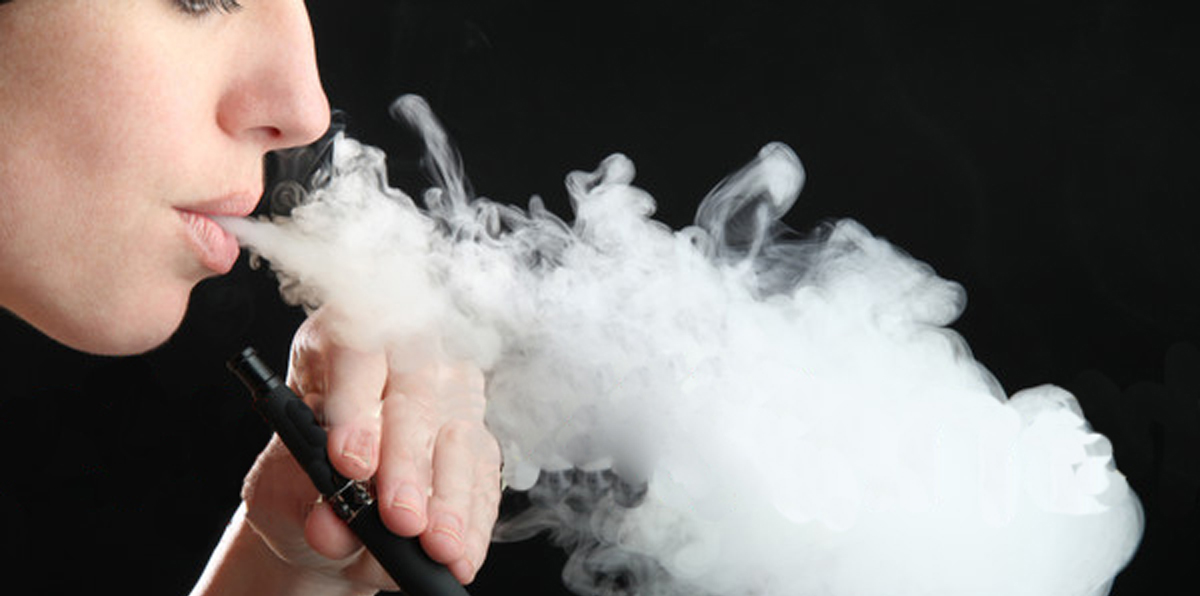WARNING: This product contains nicotine. Nicotine is an addictive chemical.
Vaping has been widely promoted as a safer alternative to smoking, but recent studies and case reports have begun to highlight potential health risks associated with e-cigarette use. One of the most concerning issues that has emerged is the possible link between vaping and lung damage, including the risk of a collapsed lung. Known medically as a pneumothorax, a collapsed lung can result from a variety of factors, and there is growing evidence that vaping might contribute to this condition in some cases. This guide will explore what a collapsed lung is, how it might be related to vaping, and what you need to know to reduce your risk.
A collapsed lung, or pneumothorax, occurs when air leaks into the space between the lung and chest wall, causing the lung to deflate. This can happen spontaneously or as a result of trauma, infection, or certain medical conditions. In the case of vaping, the primary concern is the potential for lung irritation or injury caused by the inhalation of harmful substances found in e-cigarette vapor, which could lead to the collapse of the lung in vulnerable individuals.
The symptoms of a collapsed lung can be sudden and severe, typically including sharp chest pain, difficulty breathing, rapid heart rate, and a feeling of tightness in the chest. If you experience any of these symptoms, it is crucial to seek medical attention immediately. While pneumothorax is treatable, the condition requires prompt intervention to prevent further complications. In the case of vaping-related pneumothorax, medical professionals are still studying the exact mechanisms, but it is believed that the act of inhaling deeply and forcefully from a vape could contribute to the development of a collapsed lung in certain cases.

Vaping involves inhaling aerosolized liquid, which often contains nicotine, flavoring chemicals, and other compounds. When inhaled, these substances can irritate the delicate tissues of the lungs, potentially leading to inflammation, scarring, and weakened lung tissue. Prolonged exposure to these irritants can increase the risk of various respiratory conditions, including chronic bronchitis, emphysema, and, in extreme cases, a collapsed lung.
There have been anecdotal reports and some preliminary studies suggesting that the deep inhalation required when using e-cigarettes could create an increased pressure within the lungs, especially if the user engages in forceful or prolonged vaping sessions. This forceful inhalation may cause stress on the lung tissue, potentially leading to air leaks or tears in the lung, which could result in a pneumothorax. Though more research is needed to establish a direct cause-and-effect relationship between vaping and collapsed lungs, these early indications are concerning for those who regularly use e-cigarettes.
Not all vapers are at the same risk of developing a collapsed lung. People who have pre-existing lung conditions, such as asthma, chronic obstructive pulmonary disease (COPD), or other respiratory issues, may be more vulnerable to lung injuries from vaping. Additionally, individuals who engage in deep, frequent inhalation or use high-powered devices that produce large vapor clouds may be more likely to experience lung irritation or damage.
Young, healthy individuals who have no prior history of respiratory issues are generally at lower risk, but they are not immune to lung-related problems from vaping. As more research is conducted into the long-term effects of e-cigarette use, it is essential for all vapers to be aware of the potential risks and take steps to minimize them, including limiting vaping frequency and avoiding excessive inhalation.
If you are a vaper, it’s essential to be aware of the signs and symptoms of a collapsed lung. While pneumothorax can occur suddenly, there are some early warning signs that could indicate a problem. Chest pain, particularly sharp pain that worsens with breathing or coughing, is one of the most common symptoms. Difficulty breathing, shortness of breath, and a feeling of tightness in the chest are also common signs. If you experience any of these symptoms, it’s crucial to seek immediate medical attention, as untreated pneumothorax can lead to serious complications, including respiratory failure.
While a collapsed lung is a serious medical condition, it is treatable. In many cases, the air that has leaked into the chest cavity will be absorbed by the body over time. However, more severe cases may require intervention, such as the insertion of a chest tube to remove the air and allow the lung to reinflate. If the pneumothorax is large or recurrent, surgery may be required. Timely medical treatment is key to ensuring a full recovery.

The best way to prevent lung damage from vaping, including the risk of a collapsed lung, is to stop using e-cigarettes altogether. While quitting may be difficult for those who have become dependent on nicotine, there are several strategies that can help individuals gradually reduce their reliance on vaping. Nicotine replacement therapies, such as patches, gum, or lozenges, can provide a safer way to manage withdrawal symptoms while cutting back on nicotine consumption.
For those who wish to continue vaping, it is essential to be mindful of how and when you vape. Avoid deep, forceful inhalations, and take breaks between vaping sessions to give your lungs a chance to recover. Additionally, be sure to use high-quality e-liquids from reputable brands to reduce the risk of exposure to harmful chemicals. If you notice any signs of lung discomfort, such as persistent coughing, wheezing, or chest tightness, consider cutting back on your vaping habits and consult with a healthcare provider.
As the popularity of vaping continues to rise, researchers are working to better understand its potential health risks. While much has been said about the risks of vaping in relation to smoking and its role in lung disease, much of the data surrounding the long-term effects on lung health, particularly in relation to pneumothorax, is still in its infancy. With the growing number of vaping-related lung injuries being reported, it’s crucial that medical professionals continue to investigate the potential links between vaping and severe respiratory conditions, including collapsed lung.
Until more definitive conclusions can be drawn, the best advice for vapers is to stay informed, monitor their health, and be proactive about seeking medical help if they experience any respiratory symptoms. Regular check-ups with a healthcare provider are essential to catch potential lung issues early, especially for those who have been vaping for extended periods of time.
While vaping may be considered less harmful than smoking, it is not without its risks. Collapsed lung, or pneumothorax, is one of the more serious potential health issues that may be linked to vaping, though research is ongoing. Being aware of the symptoms, understanding the risk factors, and taking steps to reduce your vaping habits can help lower the chances of experiencing lung damage. If you are concerned about the health implications of vaping, consulting with a healthcare professional can provide valuable guidance on how to protect your lungs and overall respiratory health.
